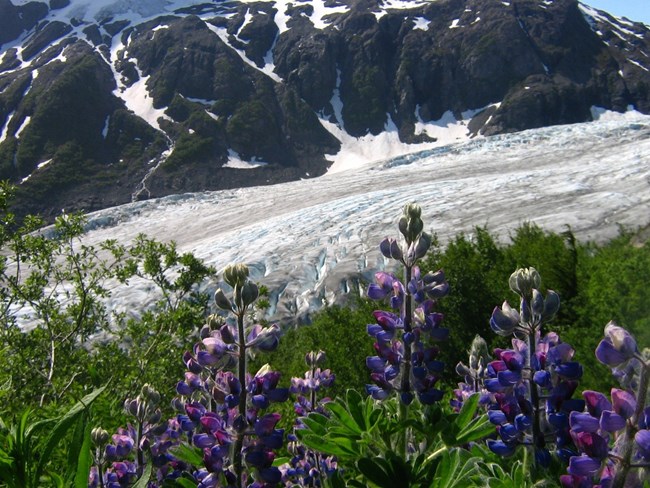Learn about NRCAs
The Natural Resource Condition Assessment (NRCA) Program provides framework, funding, and publishing support to parks to aid in the synthesis and documentation of natural resource conditions. Condition assessment reports are a tool to describe selected park resources, and record a snapshot of their current condition, identify trends, and identify potential or current threats and stressors. Understanding the condition and trend of natural resources is key for parks and NPS planners to appropriately prioritize and allocate stewardship resources.

NPS/Mark Thompson photo.
Traditional NRCA Report: 2015
In an effort to better understand the natural resources and processes present in this park, a Natural Resource Condition Assessment was conducted and published in 2015. National Park Service representatives and St. Mary’s University of Minnesota collaborated to examine park needs and available data. This team chose to evaluate nine resource topics:
- Landform-coastal landing areas |
||
- Black bear |
||
- Bald eagles |
||
- Marine birds |
||
- Black oystercatcher |
||
- Salmon |
||
- Hydology - Exit Gracier area, Exit Creeek channel migration |
||
- Glaciers |
||
- Coastal geomorphology - visual changes |
For other reports and natural resource datasets visit the NPS Data Store.
Source: NPS DataStore Collection 7765 (results presented are a subset). To search for additional information, visit the NPS DataStore.
Last updated: February 25, 2022
